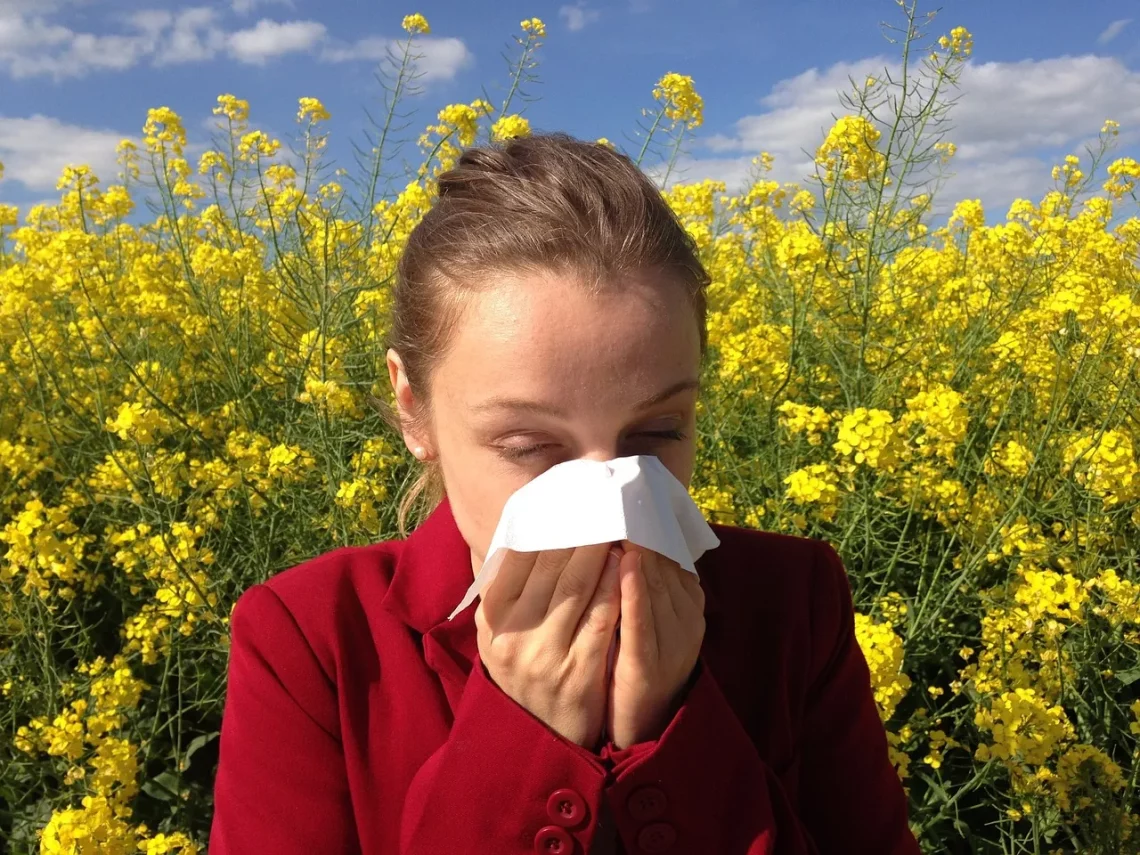-
Understanding and Treating Dog Ingrown Nails for Better Paw Health
Dogs are beloved companions that bring joy and comfort to our lives. As pet owners, we take on the responsibility of ensuring their health and well-being, which includes regular grooming and monitoring for any signs of distress. One common yet often overlooked issue that can affect our furry friends is ingrown nails. Ingrown nails occur when a dog’s nail grows into the surrounding skin, leading to pain, infection, and potential mobility issues. This condition is not only uncomfortable for the dog but can also impact their quality of life. Understanding the causes and symptoms of ingrown nails is crucial for pet owners. Many factors can contribute to the development of…
-
Diet Tips for Managing Your Cat’s Overactive Thyroid Condition
Managing a cat’s overactive thyroid condition can be a daunting task for pet owners. Hyperthyroidism, a common endocrine disorder in older cats, can lead to weight loss, increased appetite, and various behavioral changes. As this condition progresses, it can significantly affect a cat’s quality of life. It’s essential to understand that diet plays a crucial role in managing this condition. The right nutritional choices can help stabilize your cat’s health and improve their overall well-being. When dealing with hyperthyroidism, it’s important to focus on a balanced diet tailored to the specific needs of your cat. This includes considering the right balance of nutrients, caloric intake, and any potential food sensitivities.…
-
Understanding End Stage Hip Dysplasia in Dogs: Symptoms and Care
Hip dysplasia is a common orthopedic condition affecting dogs, particularly larger breeds. It occurs when the hip joint doesn’t fit properly into the hip socket, leading to joint instability and the potential for arthritis. As a progressive disease, hip dysplasia can vary significantly in severity, with some dogs experiencing only mild discomfort while others endure severe pain and mobility issues. In the advanced stages, known as end-stage hip dysplasia, the situation becomes more critical, requiring careful management and specialized care. Understanding the nature of end-stage hip dysplasia and its implications for a dog’s quality of life is essential for pet owners. This condition not only affects the physical well-being of…
-
Understanding End Stage Hip Dysplasia in Dogs: Symptoms and Care
Hip dysplasia is a common orthopedic condition that affects many dogs, particularly larger breeds. This genetic disorder involves a malformation of the hip joint, leading to varying degrees of discomfort, pain, and mobility issues. As the condition progresses, it can lead to severe arthritis and joint deterioration, particularly in the later stages known as end-stage hip dysplasia. Understanding this condition is vital for any dog owner, especially for those with breeds predisposed to hip issues. The onset of hip dysplasia can be subtle, often going unnoticed until the dog shows significant signs of discomfort or mobility challenges. Pet owners may first observe their dog being less active or reluctant to…
-
Understanding Pony Lifespan: How Long Do Ponies Live?
Understanding the lifespan of ponies is an essential topic for anyone interested in equine care and ownership. Ponies, known for their small stature and gentle demeanor, are beloved companions for many. These charming animals have a unique place in equestrian culture, often being the first choice for young riders and families. However, like all living creatures, ponies have a finite lifespan influenced by various factors. Understanding these factors can help owners provide better care and ensure a longer, healthier life for their ponies. Ponies are not just smaller horses; they have distinct characteristics and needs that must be met to promote longevity. The bond between a pony and its owner…
-
Understanding Baby Fleas: Prevention and Treatment for Your Pets
Understanding the presence of fleas in our pets is crucial for ensuring their health and well-being. Fleas are tiny, wingless insects that thrive on the blood of mammals and birds, making them a common nuisance for pet owners. They are notorious for their ability to reproduce rapidly, which can lead to an infestation in a very short time. Baby fleas, or flea larvae, are particularly concerning because they can multiply quickly and create a more significant problem if not managed promptly. The life cycle of fleas is complex and consists of several stages: egg, larva, pupa, and adult. Understanding this cycle can help pet owners recognize the signs of a…
-
Understanding Umbilical Hernia in Puppies: Causes and Care Tips
Umbilical hernias in puppies can be a concerning issue for pet owners, especially for those who are new to dog care. This condition occurs when a portion of the puppy’s intestine or fatty tissue protrudes through an opening in the abdominal muscles near the navel. Understanding the nature of this condition is crucial for any responsible puppy owner, as it can have implications for the health and well-being of your furry friend. Puppies are particularly vulnerable to various health conditions, and umbilical hernias are one of the more common issues seen in young dogs. While this condition can sound alarming, it is important to remember that not all umbilical hernias…
-
Meclizine Dosage for Dogs: Safe Use and Guidelines for Pet Owners
Meclizine, a medication commonly used to treat motion sickness and vertigo in humans, has garnered attention as a potential solution for similar issues in dogs. Pet owners often seek ways to alleviate their furry friends’ discomfort during travel, particularly when they experience anxiety or nausea. As our pets are integral members of our families, ensuring their well-being is a top priority. However, with the plethora of medications available, it is crucial to understand which ones are safe for canine use and the proper dosages to administer. Before introducing any medication, including Meclizine, into your dog’s routine, it is essential to consult with a veterinarian. Each dog has unique health needs…
-
Understanding Canine Allergies: Causes and Coughing Solutions
Understanding Canine Allergies: Causes and Coughing Solutions When it comes to our furry companions, understanding their health is crucial. Dogs, like humans, can suffer from various allergies that manifest in multiple ways, including skin irritations, digestive issues, and respiratory problems. Allergies in dogs can stem from a variety of sources, including environmental factors, food ingredients, or even certain medications. Recognizing the signs of allergies is essential for pet owners, as it allows for timely intervention and better overall health for their beloved pets. One common yet often overlooked symptom of canine allergies is coughing. While a cough can be attributed to many causes, it is frequently a signal that something…
-
How Often Should Dogs Receive Rabies Vaccinations for Safety?
Vaccinations play a crucial role in safeguarding the health of our pets, and rabies vaccines are among the most essential for dogs. Rabies is a viral disease that affects the central nervous system and is almost always fatal once symptoms appear. This makes vaccination not only a matter of pet health but also a public safety concern. The rabies virus can be transmitted to humans, which is why many jurisdictions enforce strict vaccination laws for dogs. Understanding the importance of rabies vaccinations is vital for all dog owners, as it directly influences the safety of both pets and their human companions. Recognizing the signs of rabies and knowing how to…




































